Hack: The Best Way to Cultivate Year-Round Flavor - A Guide to Indoor Herb Gardening
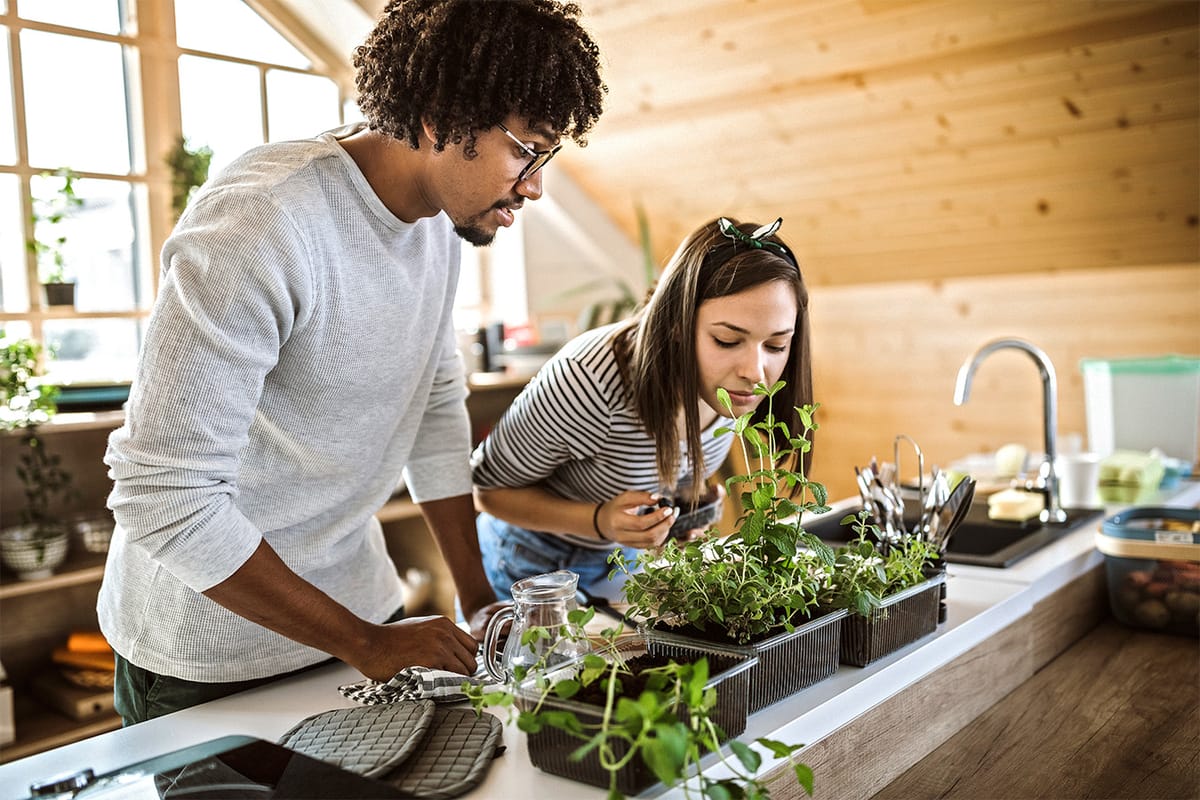
Ever had “great herbs”? No, you think you’ve had great herbs. Wait until you try my indoor herb growing method.
Fresh herbs elevate any dish, bursting with flavor and aroma. But who says you need a sprawling backyard to enjoy them? Indoor herb gardens are a fantastic way to cultivate your own culinary greenery all year long, right on your windowsill or countertop.
From Seed to Table: The Allure of Indoor Herbs
Here’s a taste of the benefits that indoor herb gardens offer:
- Freshness at Your Fingertips: Snip fresh herbs whenever a recipe calls for them, adding vibrant life to your meals.
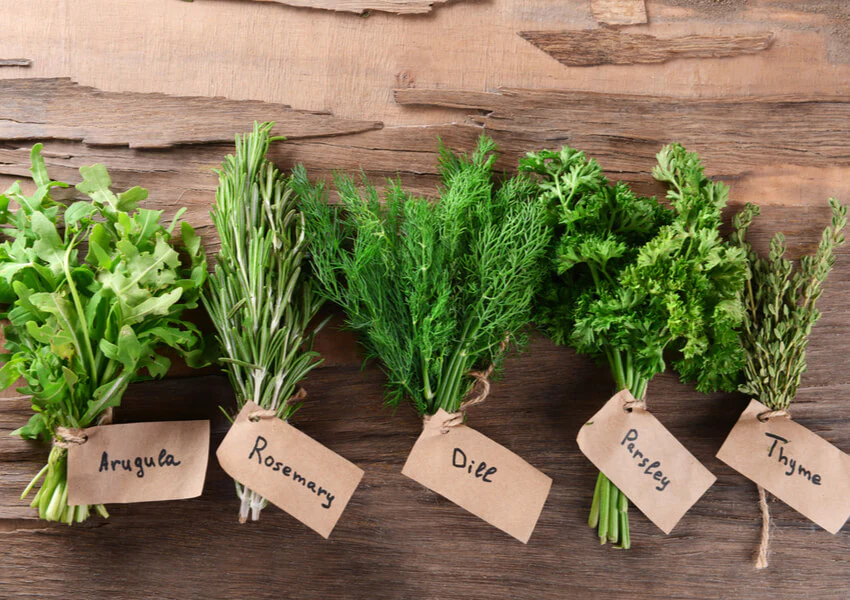
- Year-Round Availability: Unlike seasonal outdoor gardens, indoor herbs thrive under controlled conditions, offering a steady supply throughout the year.
- Low Maintenance: Most herbs require minimal care, making them perfect for busy lifestyles.
- A Touch of Green Indoors: Indoor herb gardens add a touch of life and natural beauty to your home.
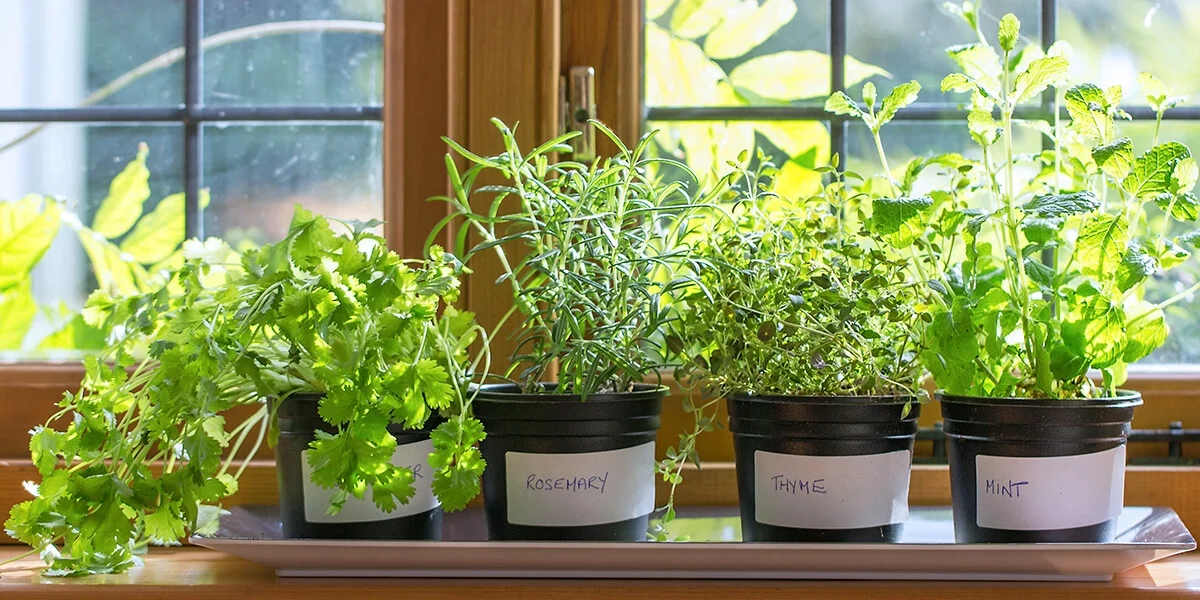
- A Fun and Rewarding Hobby: Witnessing your herbs sprout and flourish is a source of satisfaction and accomplishment.
Planting the Seeds for Success: Essential Elements
Before diving in, gather these key ingredients for your indoor herb garden:
- Light: Most herbs require at least 6 hours of daily bright, indirect sunlight. South-facing windows are ideal. If natural light is limited, consider using grow lights.
- Pots and Drainage: Choose pots with drainage holes to prevent water-logging. Consider using a saucer to catch excess water. Terracotta pots breathe well and are suitable for most herbs.
- Soil: Opt for a well-draining, organic potting mix specifically formulated for herbs.
- Seeds or Seedlings: You can start your herb garden from seeds or buy established seedlings from your local nursery.
Planting Power: Sowing Seeds or Transplanting Seedlings
- Seeding: Moisten your potting mix and fill your pots, leaving a little space at the top. Sow seeds according to packet instructions, gently covering them with soil. Water lightly and keep the soil moist but not soggy.
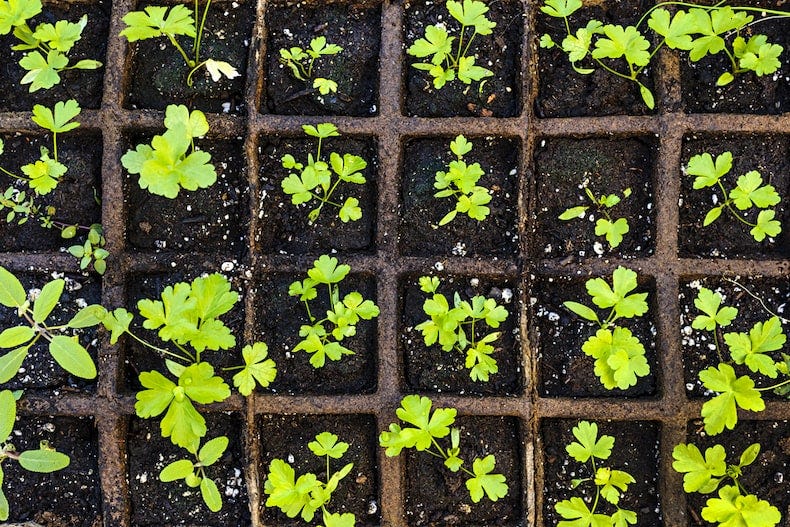
- Transplanting: If using seedlings, choose healthy-looking plants with vibrant green leaves. Gently loosen the roots from the nursery pot and plant them in your prepared pot at the same depth they were growing before. Water thoroughly.
Herb Happy: Caring for Your Indoor Oasis
- Watering: Water your herbs deeply when the top inch of soil feels dry. Avoid overwatering, as this can lead to root rot.
- Sunlight: Rotate your pots regularly to ensure even growth and prevent your herbs from leaning towards the light source.
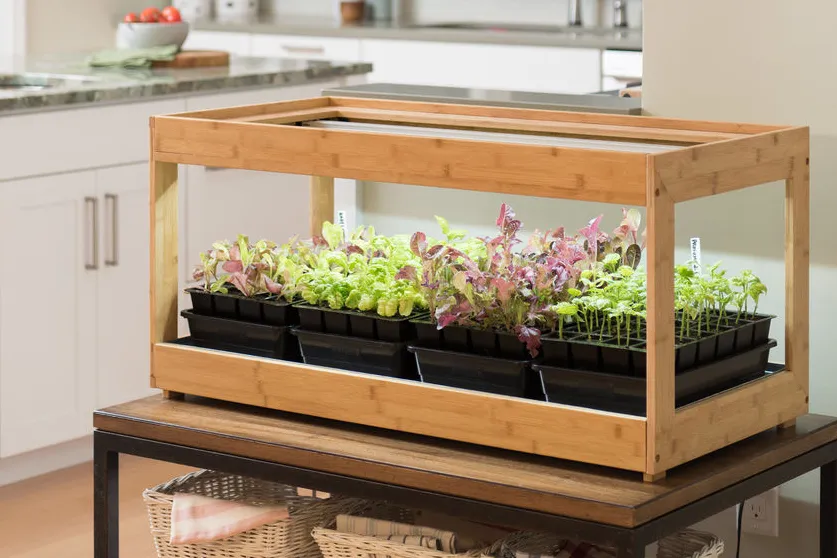
- Feeding: During the growing season, fertilize your herbs once a month with a balanced, water-soluble fertilizer diluted according to package instructions.
- Harvesting: Once your herbs reach maturity, snip leaves regularly to encourage bushier growth. Pinch off any flowers to maintain foliage production.
Herb Selection: Choosing the Perfect Culinary Companions
Here are some popular and easy-to-grow herbs ideal for your indoor herb garden:
- Basil: A quintessential herb for Italian cuisine. Loves warmth and humidity.
- Chives: Adds a mild oniony flavor to dishes. Snip flowers to prevent them from going to seed.
- Cilantro: A key ingredient in Latin American and Asian cuisine. Prefers cooler temperatures.
- Mint: Aromatic and versatile, used in sweet and savory dishes. Be mindful of its aggressive growth habit.
- Oregano: Adds depth to Mediterranean dishes. Benefits from regular pruning.
- Parsley: A classic garnish with a subtle flavor. Choose curly or flat-leaf varieties.
- Rosemary: Woody and fragrant, perfect for roasted meats and potatoes. Needs good airflow and drainage.
- Thyme: Aromatic and essential in many herb blends. Prefers drier conditions.
Troubleshooting Tips: Nip Problems in the Bud
- Leggy Herbs: Lack of sufficient light can cause leggy growth. Move your plants closer to a light source or invest in grow lights.
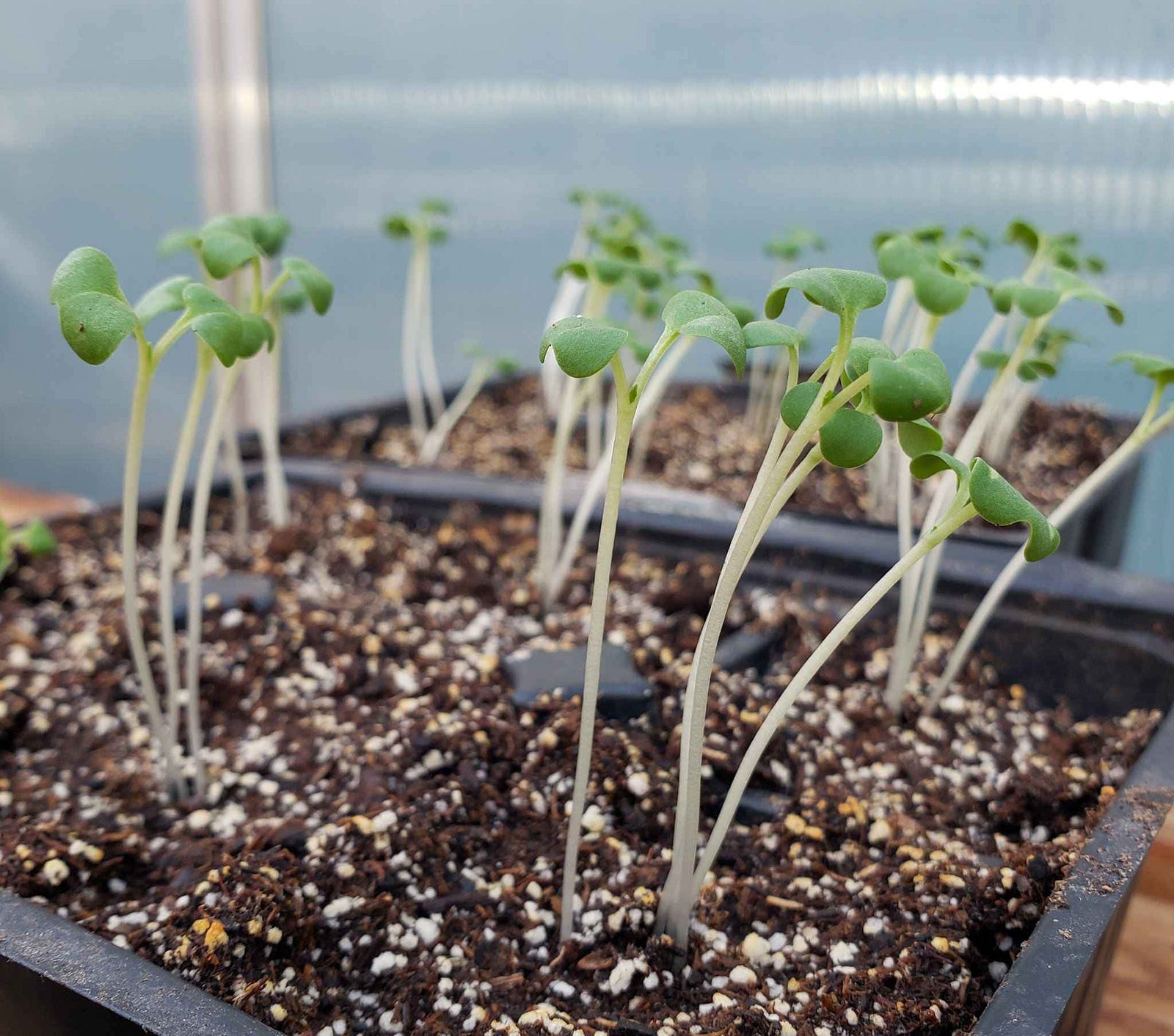
- Yellowing Leaves: Overwatering or lack of nutrients can cause yellowing leaves. Adjust your watering habits and consider fertilizing.
- Pests and Diseases: Indoor herb gardens are less susceptible to pests than outdoor gardens. However, keep an eye out for common problems like aphids or fungus gnats. Organic insecticidal soap sprays can be used if necessary.
Beyond the Basics: Expanding Your Indoor Herb Garden
- Hydroponics: For the adventurous gardener, hydroponic systems provide a water-based method for growing herbs without soil. These systems require more initial investment and knowledge but can yield impressive results.

- Herb Garden Kits: Many companies offer starter kits that include everything you need to get started, from seeds or seedlings to pots and pre-measured potting mix. These kits are a great option for beginners or those short on time.
- Get Creative: Upcycle containers like mugs, teacups, or decorative tins for a unique touch. Hanging planters free up counter space and add a vertical element to your décor.
- Herb Companionship: While most herbs thrive on their own, some can be beneficial companions. Basil enjoys the humidity provided by mint, while rosemary and thyme appreciate the good air circulation created by oregano.
A Final Note: Reap the Rewards and Keep Growing
Indoor herb gardens offer a delightful way to enhance your culinary creations and bring a touch of nature indoors.

With a little planning and care, you can cultivate a thriving herb garden that provides fresh flavors throughout the year. So, grab your gardening gloves (and maybe a pair of gardening sleeves to protect your clothes), and get ready to embark on this rewarding adventure. Remember, gardening is a journey of learning and discovery. Don’t be afraid to experiment with different herbs and techniques. And don’t get discouraged if your first crop isn’t perfect. Oh, one unintended benefit — you’ll find that indoor gardening is incredibly therapeutic.
Be sure to visit AfroPulse for the part 2 of this article, “Top Benefits of Growing Your Own Herbs.”
Happy growing!





